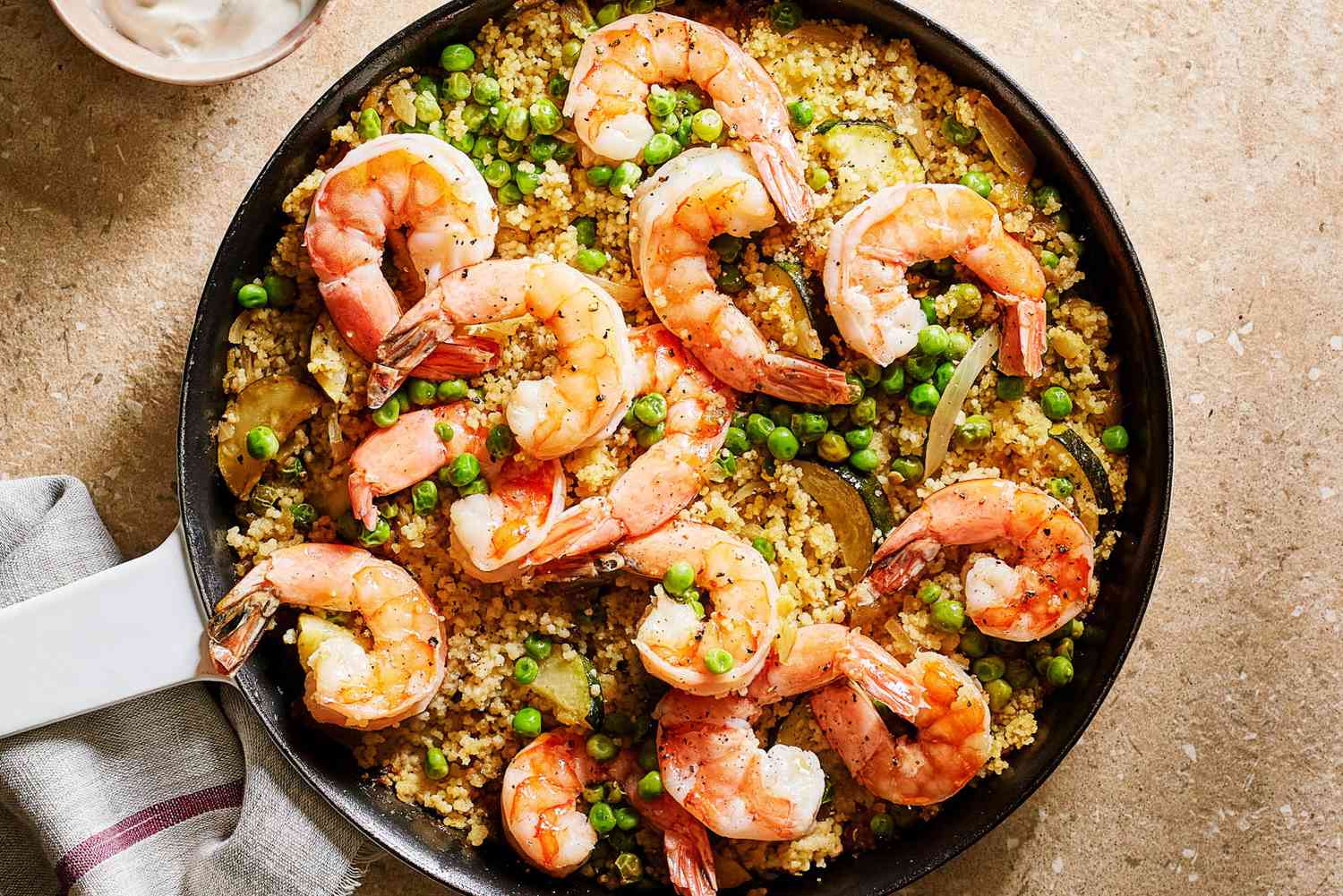A Brief History
Shrimp, small crustaceans found in saltwater and freshwater environments, have been enjoyed by humans for centuries. The name “shrimp” is believed to be derived from the Middle English word “schrimp,” which is thought to be related to the Old Norse word “skrimpa,” meaning “to shrink.”
Nutritional Benefits
Shrimp are a nutritious food source, packed with protein, vitamins, and minerals. They are a good source of omega-3 fatty acids, which have been linked to numerous health benefits, including:
- Heart health: Omega-3 fatty acids can help lower blood pressure, reduce the risk of heart disease, and improve cholesterol levels.
- Brain health: Omega-3 fatty acids are essential for brain development and function. They have been shown to improve memory, cognitive function, and mood.
- Eye health: Omega-3 fatty acids are also beneficial for eye health. They can help protect against age-related macular degeneration and dry eye syndrome.
In addition to omega-3 fatty acids, shrimp are also a good source of protein, vitamin D, B vitamins, and minerals.
Types of Shrimp
There are many different species of shrimp, each with its own unique characteristics. Some of the most popular types of shrimp include:
- White shrimp: These are the most common type of shrimp found in the United States. They have a mild flavor and a firm texture.
- Pink shrimp: Pink shrimp are smaller than white shrimp and have a sweeter flavor.
- Brown shrimp: Brown shrimp are a larger type of shrimp that is often used for commercial fishing.
- Tiger shrimp: Tiger shrimp are large shrimp with black and white stripes. They have a sweet flavor and a firm texture.
Cooking Shrimp
Shrimp are a versatile ingredient that can be cooked in many different ways. Some popular cooking methods include:
- Grilling: Grilling shrimp gives them a smoky flavor and a crispy exterior.
- Baking: Baking shrimp is a healthy and easy way to cook them.
- Sautéing: Sautéing shrimp in a pan with butter or olive oil is a quick and easy way to cook them.
- Boiling: Boiling shrimp is a simple way to cook them, and it is often done to prepare them for shrimp cocktail.
- Frying: Frying shrimp gives them a crispy exterior.
Pairing Shrimp
Shrimp pair well with a variety of flavors and textures. Some popular pairings include:
- Vegetables: Asparagus, broccoli, and roasted vegetables are all good complements to shrimp.
- Sauces: Lemon-dill sauce, chimichurri sauce, and garlic butter sauce are all delicious ways to flavor shrimp.
- Spices: Herbs like dill, parsley, and thyme complement the flavor of shrimp.
- Sides: Shrimp can be served with rice, potatoes, quinoa, or a salad.
Conclusion
Shrimp are a delicious and nutritious seafood option that can be enjoyed in many different ways. Whether you are grilling them for a summer barbecue or adding them to a salad, shrimp are a versatile and flavorful ingredient that is sure to please your taste buds.
Shrimp: A Versatile and Delicious Seafood Option
